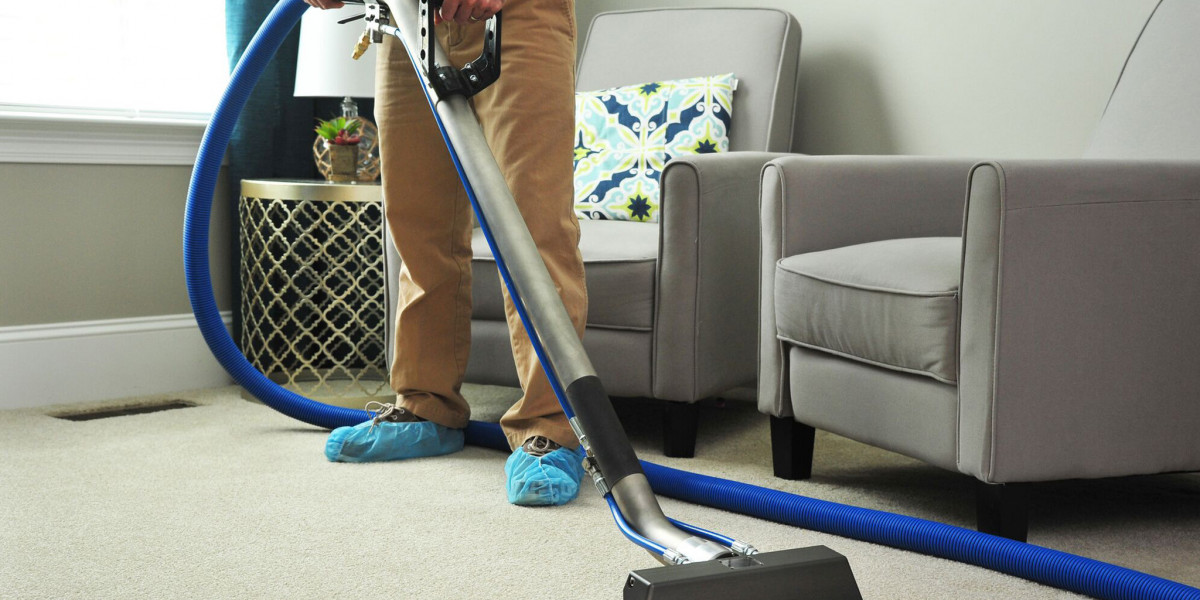When it comes to taking care of your furry friends, pet accessories like beds, leashes, collars, and especially pet toys play a vital role in keeping them happy and healthy. Toys are not just for entertainment—they help with mental stimulation, physical exercise, and behavioral improvement. Whether you own a playful puppy, a curious cat, or even a small pet like a rabbit or hamster, the right toys can make a huge difference in their overall well-being.
In this guide, we’ll explore the different types of pet toys, how to choose safe and durable ones, and why they are essential for your pet’s growth and happiness.
Why Pet Toys Are Essential
Pets, just like humans, need stimulation to prevent boredom and stress. Without proper entertainment, pets can develop anxiety or destructive behaviors like chewing furniture or scratching doors.
Here are some key benefits of pet toys:
Mental Stimulation: Keeps pets engaged and prevents anxiety or depression.
Physical Exercise: Promotes a healthy weight and prevents obesity.
Training Support: Helps in teaching commands and good behavior.
Bonding Tool: Strengthens the bond between you and your pet through interactive play.
Dental Health: Certain chew toys help clean teeth and massage gums.
Types of Pet Toys
| Type of Toy | Best For | Purpose |
|---|---|---|
| Chew Toys | Dogs & Puppies | Dental health & stress relief |
| Interactive Toys | Cats & Dogs | Mental stimulation & bonding |
| Puzzle Toys | All pets | Problem-solving skills & engagement |
| Fetch Toys | Active dogs | Exercise & play |
| Teaser Wands | Cats | Hunting instincts & coordination |
| Soft Plush Toys | Small pets & puppies | Comfort & stress reduction |
How to Choose the Right Pet Toys
1. Consider Your Pet’s Age and Size
Puppies/Kittens: Softer toys that are safe for teething.
Adult Pets: Durable, interactive toys to keep them challenged.
Senior Pets: Gentle toys that don’t strain their teeth or joints.
2. Check Safety Standards
Look for non-toxic materials and avoid toys with small detachable parts that could be swallowed.
3. Focus on Durability
Invest in high-quality toys that won’t wear out quickly, especially for aggressive chewers.
4. Purpose-Driven Choices
Want to reduce boredom? Get puzzle or treat-dispensing toys.
Need to train your pet? Go for fetch or tug toys.
Want to improve dental hygiene? Pick chew toys with ridges.
Top Tips for Maximizing Playtime
Rotate toys weekly to keep play sessions exciting.
Always supervise initial play to ensure safety.
Clean toys regularly to avoid bacterial buildup.
Combine toys with training sessions for better results.
Use toys as a reward system to encourage good behavior.
Interactive Section: Playtime Checklist
| Checklist Item | Status (✓/✗) |
|---|---|
| Non-toxic toy material | |
| Age-appropriate toy | |
| Size suitable for your pet | |
| Regular cleaning schedule | |
| Interactive play sessions |
Behavioral Benefits of Pet Toys
1. Reduces Anxiety and Stress
Pets can get stressed when left alone. Chew toys or comfort plush toys provide emotional support.
2. Prevents Destructive Behavior
Without toys, pets may chew shoes, furniture, or wires. Toys act as a safe outlet for this energy.
3. Enhances Training and Discipline
Interactive toys can be integrated into obedience training, making it fun and effective.
4. Boosts Intelligence
Puzzle toys encourage problem-solving and sharpen your pet’s cognitive skills.
Expert Tips on Pet Toy Maintenance
Wash Weekly: Use mild soap and warm water to clean.
Inspect for Damage: Remove torn or broken toys immediately to prevent choking hazards.
Replace Old Toys: Rotate old toys with new ones to maintain excitement.
Store Properly: Keep toys in a clean, dry space to prevent mold growth.
Common Mistakes to Avoid
Buying toys that are too small and pose a choking risk.
Ignoring material quality—avoid toys with harmful chemicals.
Overloading pets with too many toys, leading to overstimulation.
Neglecting regular playtime, which can result in behavioral issues.
FAQs About Pet Toys
Q1: How many toys should my pet have?
It’s best to have 4-5 different types of toys, rotating them weekly to keep playtime interesting and engaging.
Q2: Are homemade pet toys safe?
Homemade toys can be fun, but ensure they’re non-toxic, durable, and free from choking hazards.
Q3: How do I clean plush pet toys?
Plush toys can often be machine-washed on a gentle cycle. For non-plush toys, use warm water and mild soap.
Q4: Can toys help with my pet’s separation anxiety?
Yes! Comfort toys and interactive puzzle toys can reduce anxiety and keep your pet entertained while you’re away.
Engaging Playtime Activities
Fetch and Chase Games: Great for dogs to burn energy.
Hide-and-Seek: Hide treats in puzzle toys for mental stimulation.
Cat Teasers: Stimulates your cat’s hunting instincts.
Obstacle Courses: Create a fun challenge using safe household items and toys.
Table: Recommended Toys by Pet Type
| Pet Type | Recommended Toys |
|---|---|
| Dogs | Chew toys, fetch balls, rope toys |
| Cats | Feather teasers, puzzle toys, laser toys |
| Rabbits | Chew sticks, tunnels, foraging toys |
| Birds | Hanging toys, mirrors, bells |
| Hamsters | Exercise wheels, chew blocks, tunnels |
Final Thoughts
Pet toys are not just accessories—they are essential tools for growth, health, and happiness. By choosing safe, durable, and engaging toys, you not only keep your pet entertained but also contribute to their mental and physical well-being. Incorporating the right mix of toys into your pet’s routine is one of the best investments you can make for their long-term happiness.













